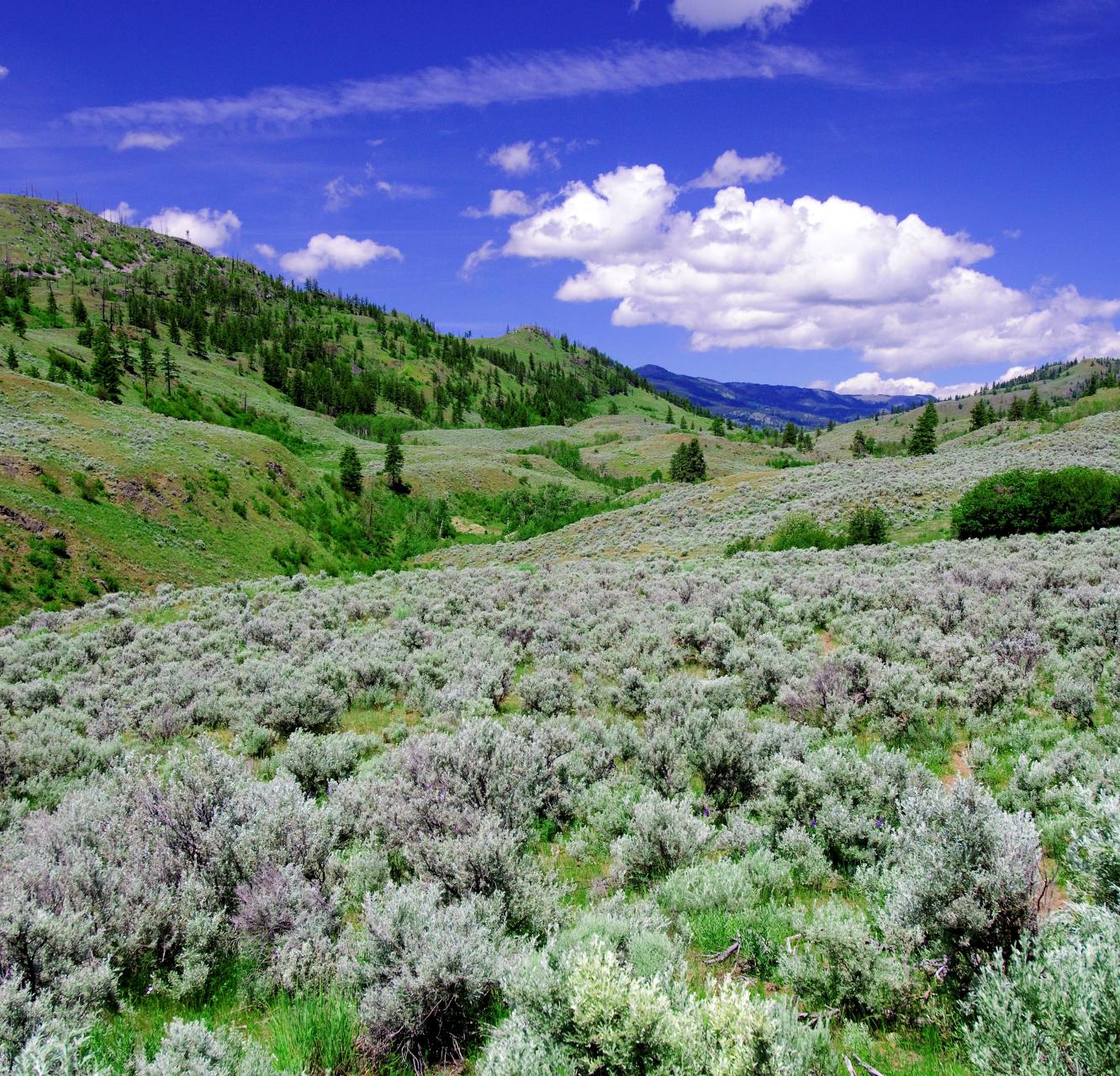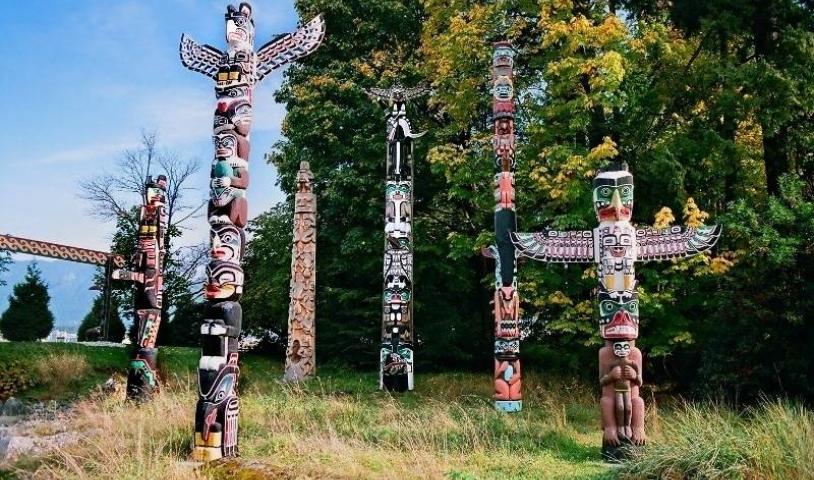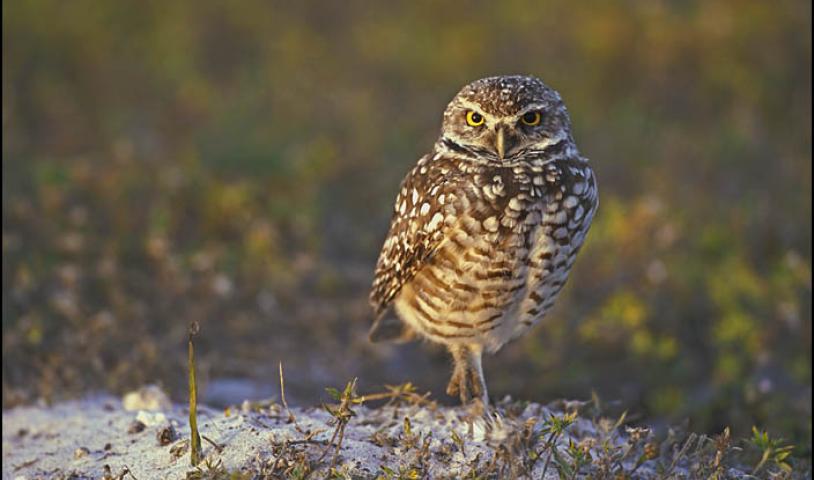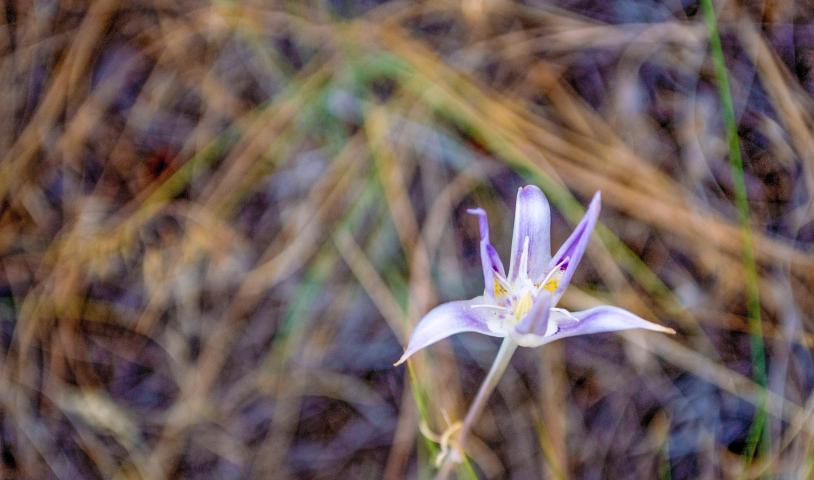Year in Review ‑ Earthquake that shook South Okanagan wasn’t unusual phenomenon in this area
Wednesday, January 4, 2017
A 4.0 magnitude earthquake that rattled many people from their morning sleep in September wasn’t an unusual phenomenon in the South Okanagan, said an earthquake seismologist with Natural Resources Canada (NRCAN).
Alison Bird, a veteran earthquake seismologist with NRCAN, says the earthquake was centred east of Oliver and was felt from Lake Country south and east as far as Bridesville.
A 4.0 magnitude earthquake “would not be expected” to cause any significant damage or personal injury and there have been no reports of damage, said Bird.
The depth of the earthquake was reported to be about one kilometre, “which is a very shallow seismic event for this region,” said Bird.
An earthquake ranging from 4.0 to 4.9 is classed as “light” and would be felt by most people and the phone in her office was ringing regularly for about two hours after the earthquake was felt, she said. A 4.0 magnitude earthquake would cause noticeable shaking of indoor objects and a rattling noise, but generally causes no damage or only minimal damage.
It is not unusual for earthquakes of this magnitude to be felt in the South Okanagan, she said.
“We’ve seen earthquakes in this region at around this level once every few years,” she said. “It’s quite common to have an earthquake in this region once every few years.”
From her many years of experience, there would seldom be any personal injuries or property damage caused by an earthquake under 5.0 magnitude, she said.
“Once you hit 5.0 magnitude, you would probably start to see some property damage and possible human injury,” she said.
Meanwhile, the government was “downplaying overwhelming public support” for a national park in the South Okanagan, says the Wilderness Committee, which released about 5,000 pages of government documents in September.
The Vancouver-based conservation and environmental group obtained the documents through Freedom of Information.
Most of the documents are public responses to the provincial government’s “Intentions Paper” released in August 2015, which presents scenarios for protecting wilderness areas of the South Okanagan.
The Intentions Paper proposed two small areas of national park reserve separated from each other – one south of Highway 3 and the other north of Oliver.
The largest area in between, Area 2, which includes Mount Kobau, would remain under provincial control as a “conservancy,” which park supporters say offers minimal protections.
The committee says the government received 3,653 submissions with 3,276 indicating support for a national park reserve and 282 opposed. Another 95 either didn’t give a clear yes-no answer or were duplicates.
In total, of submissions supporting a park reserve, 3,132 were classed as non-local and 144 as local.
Of those opposed to a park reserve, 220 were classed as non-local and 62 were classed as local.
Although the numbers cannot be considered as a scientifically accurate poll because they are not a random sample, the local submissions are roughly consistent with a poll by McAllister Opinion Research released in April 2015.
That poll found local support ranging between three-to-one and two-to-one depending on the area surveyed.
The documents “directly contradict” the government’s Consultation Summary Report released in May that “minimized both the level of support and interest in having all of the proposed protected area within the national park reserve,” the Wilderness Committee says in a news release.
The committee also says a majority of submissions recommend that Area 2 should be included in the park reserve.
“Why the B.C. government has chosen to suppress information that shows the public overwhelmingly supports all areas, including Area 2 to be in the national park reserve, is a mystery to us,” said Joe Foy, national campaign director with the Wilderness Committee.
“In our opinion, Victoria and local MLA Linda Larson need to pay more attention to feedback that came right from their own public consultation process,” said Foy. Larson, who has opposed a national park, took issue with the Wilderness Committee’s statements.
“I don’t think the government tried to hide anything,” she said. “I don’t know why (the Wilderness Committee) are making statements now regarding that. Read the report.”
Larson said the report acknowledges that many people want the whole area to be a national park and that a huge number of cards and letters were received in support of a park.
“The report clearly states there was huge support for a national park and the minister clearly states in the report that these are the steps we go through before we move ahead,” said Larson.
It was also announced that two high-profile women were considering seeking the nomination as NDP candidate in the May 2017 provincial election.
Brenda Dorosz, who led the fight to save Osoyoos Secondary School (OSS), and Colleen Ross, a Grand Forks councillor and farming activist, both indicated an interest.
Both women chose their words carefully when contacted by the Osoyoos Times.
The party wants potential candidates to file papers and be vetted before they seek media attention.
Dorosz issued a statement saying she would not be seeking the school trustee position being vacated by long-serving trustee June Harrington when a by-election is held in November.
Dorosz recently accompanied NDP Leader John Horgan on part of his visit to Osoyoos.
She made clear she has not yet submitted documents to the provincial NDP or been vetted by their candidate screening process.
Asked if she had been approached by people and asked to run, Dorosz replied: “Oh yes, tons of people. I’ve been approached from across the province,” she said. “I had no idea I had supporters from everywhere.”
Ross also is clear that she can’t say much until she goes through the vetting process. Nonetheless, she has passed an important hurdle – her adult children have given her their blessing to run.
Ross said her two daughters and son live in Quebec and New Brunswick and any political involvement would mean less time to spend with family.
“I really wanted to have a frank discussion with my kids and see where they were at, with them understanding that I am way too young to retire and I have way too much energy to be a full-time granny,” she said.
Did they encourage her?
“Oh God yes,” Ross replied. “The thing is we are really close, so it seems odd that I live out here and they live there, but it’s just the way life happened. My kids are really encouraging.”
Ross has lived in the Boundary area for about five years after living in the Nelson area for about two years. She’s originally from Ontario, but also lived in Australia for 15 years.
Dorosz is best known in the South Okanagan for her work to save OSS as chair of both the Save Our Schools committee and the Osoyoos Independent School Society.
Read the original article here





